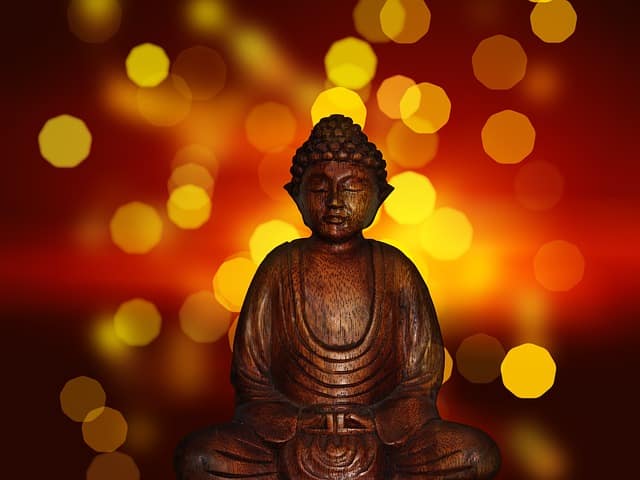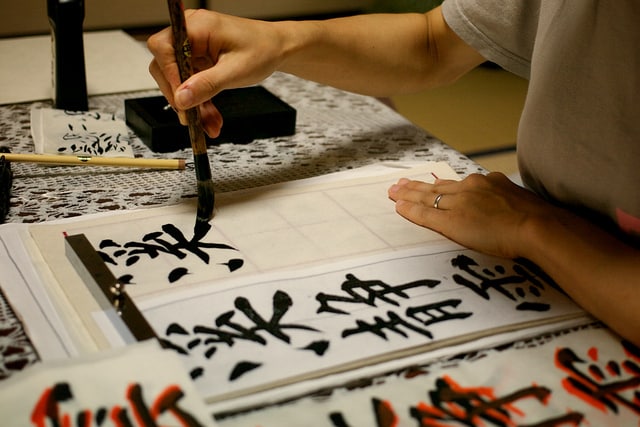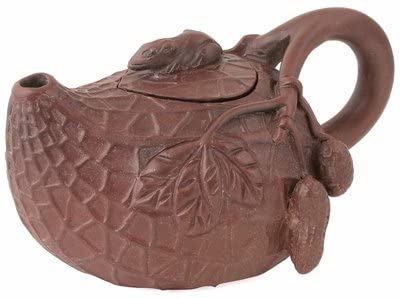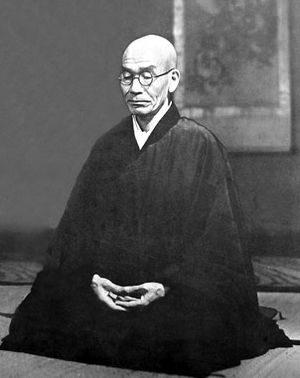For over two thousand years, Buddhists around the world have celebrated the Buddha‘s Birthday. Traditionally, his birth is supposed to have been in 623 BC but the Buddhist calendar is counted from his final passing, eighty years later. His birthday is celebrated during the Vaisakha month of the Buddhist and Hindu calendars and corresponds to April or May of the Western Gregorian calendar.
Buddhists celebrate this day in various ways (depending on ethnicity and region), and at different dates on the lunar calendar (due to differences in historical recordings).
There are various opinions concerning the exact dates of his birth and death (since the year of his birth is not certain, historians believe he lived between 563 BC and 483 BC), but according to Buddhist tradition, he is said to have been born April 8, 1029 BC and died on February 15, 949 BC, although other Buddhist scholars place his birth five hundred years later. Actually, the Buddhist tradition that celebrates his birthday on April 8 originally placed his birth in the 11th century B.C., and it was not until the modern era that scholars determined that he was more likely born in the sixth century B.C., and possibly in May rather than April.
The exact date of Buddha’s Birthday is based on the Asian lunisolar calendars and is primarily celebrated in Baisakh month of the Buddhist calendar and the Bikram Sambat Hindu calendar, and hence it is also called Vesak (Vesakha, Wesak, Visak, Vixakha and many more derivatives). The older tradition of Vesak is to celebrate Buddha’s birth, death and Enlightenment (considering that all three events occurred on the exact same day of the year), but there are some more recent Buddhist schools and groups that celebrate just the birth (and others only the Enlightenment).
There are many Buddhas. Buddha means “awakened one” or “the enlightened one.” “Buddha” is also used as a title for the first awakened being in an era. Buddha also means the historical Buddha, who was born Prince Siddhartha Gautama in the foothills of the Himalayas, into the royal family. He was born in Lumbini which presently falls within the borders of Nepal. In most Buddhist traditions, Siddhartha Gautama (also known as Gautama Buddha, Shakyamuni, or simply the Buddha), is regarded as the Supreme Buddha of our age. He was a sage on whose teachings Buddhism was founded.
In South Asian and Southeast Asian countries, Buddha’s birthday is celebrated on the full moon day of the fourth month of the year. The festival is known as Buddha Purnima, as Purnima means full moon day in Sanskrit. It is also called Buddha Jayanti, with Jayanti meaning birthday in the Sanskrit Language. In many East Asian countries, Buddha’s Birth is celebrated on the 8th day of the 4th month in the Chinese lunar calendar. In the Gregorian calendar, the date falls from the end of April to the end of May.
In Japan, Buddha’s Birthday is known as Kanbutsu-e or Hana-matsuri (Flower Festival) and is celebrated on the Gregorian calendar date April 8. As tradition dictates, the Buddhist temples throughout Japan are celebrating, offering extended temple services, processions are held in many towns and cities across the country, sweet tea or water is poured on the heads of Buddha statues, the children are dressed in their kimonos and chanting incantations while walking next to beautifully decorated platforms, parades with dancers, illuminated lantern floats, temple offerings, and so on. In many places, varieties of porridge are served, commemorating the dish that Buddha received at the end of his asceticism phase.
There are some cultural and local differences in how the various Buddhist groups and nations celebrate Buddha’s Birthday, but broadly speaking devout Buddhists will try to attend their local temple for at least part of the day, while some remain there throughout the day and night of the full moon. The celebration will include the practices of Giving, Virtue and Cultivation and the doing of good and meritorious deeds.
Photo credit: cakecentral




